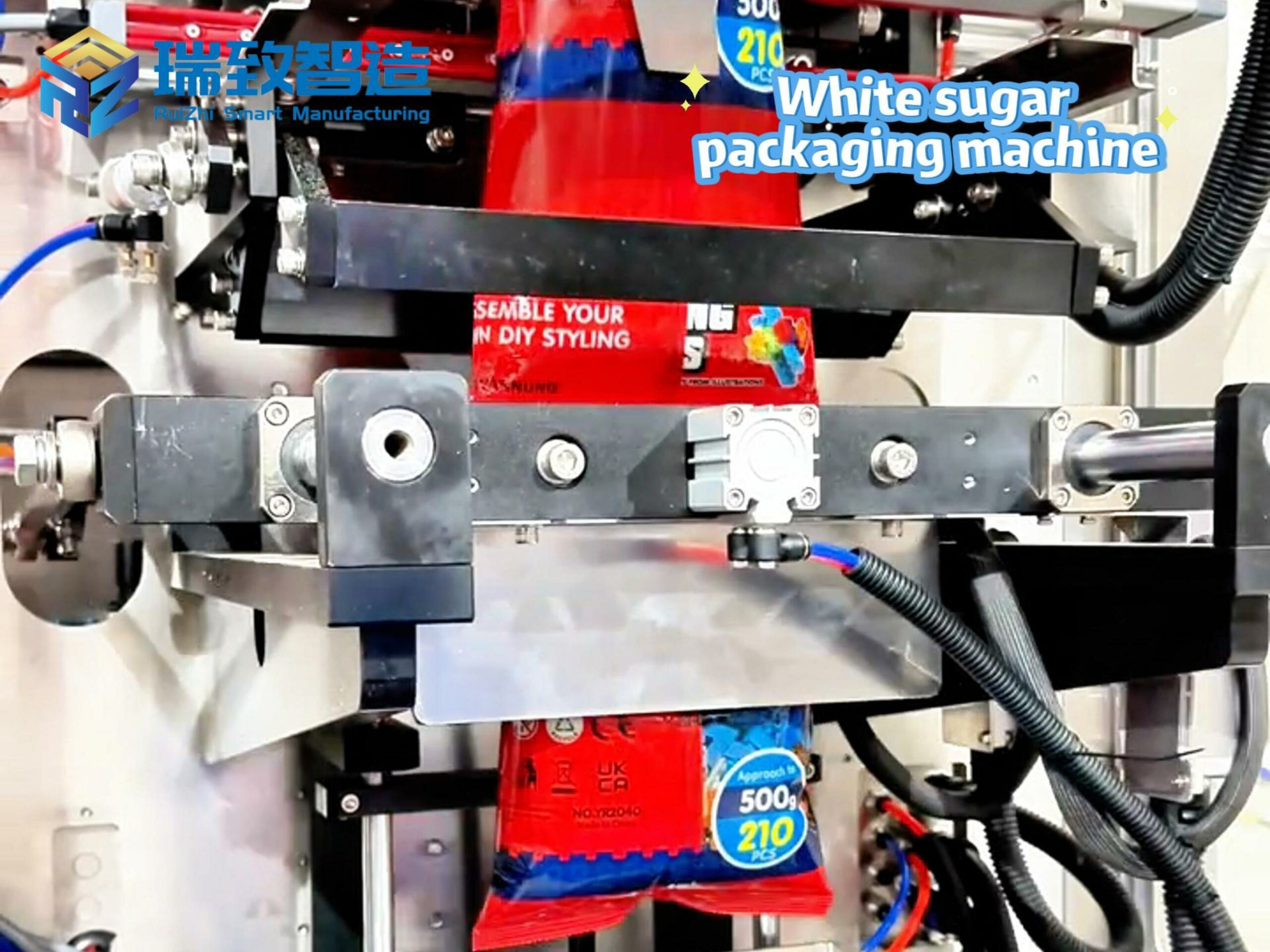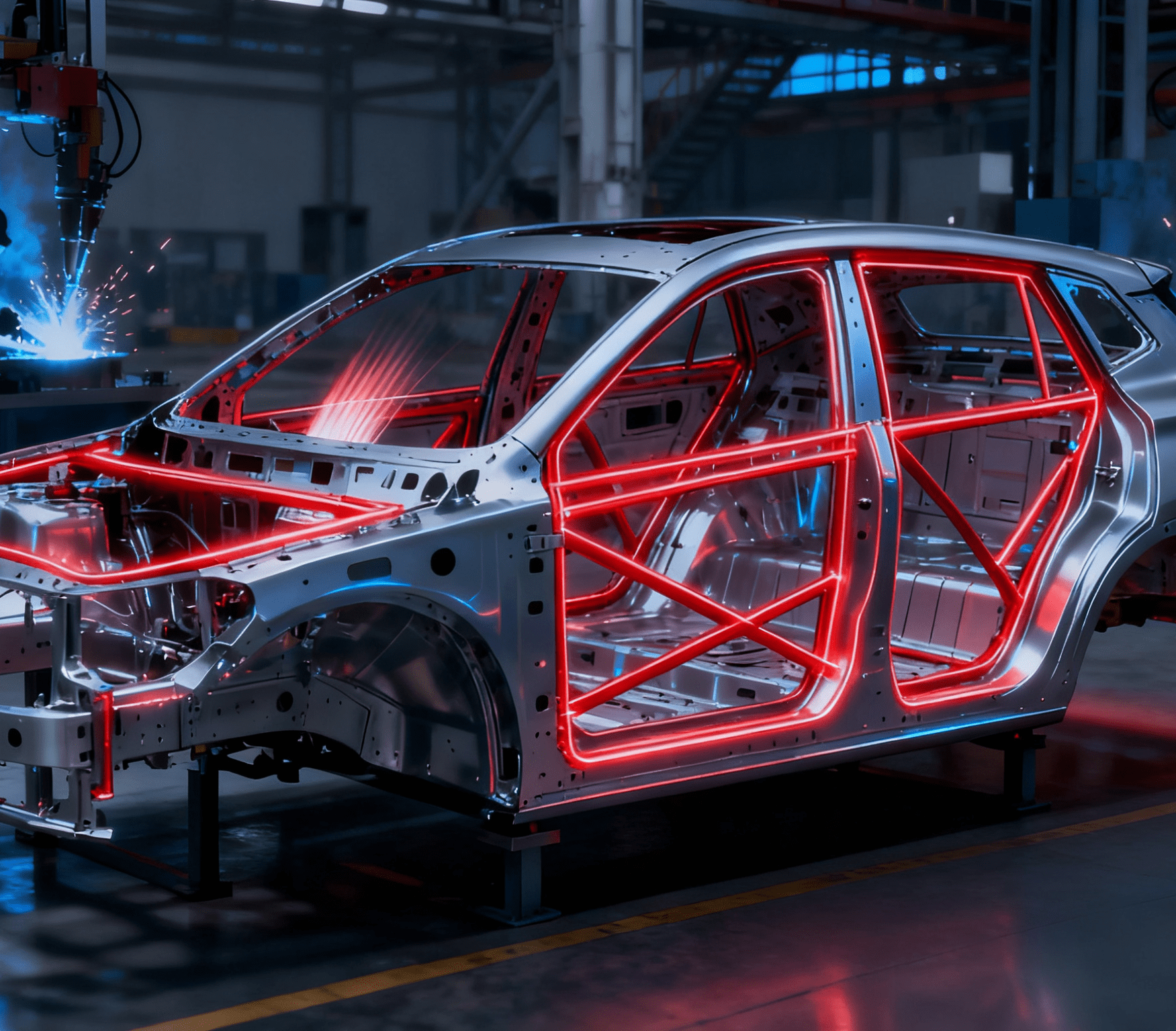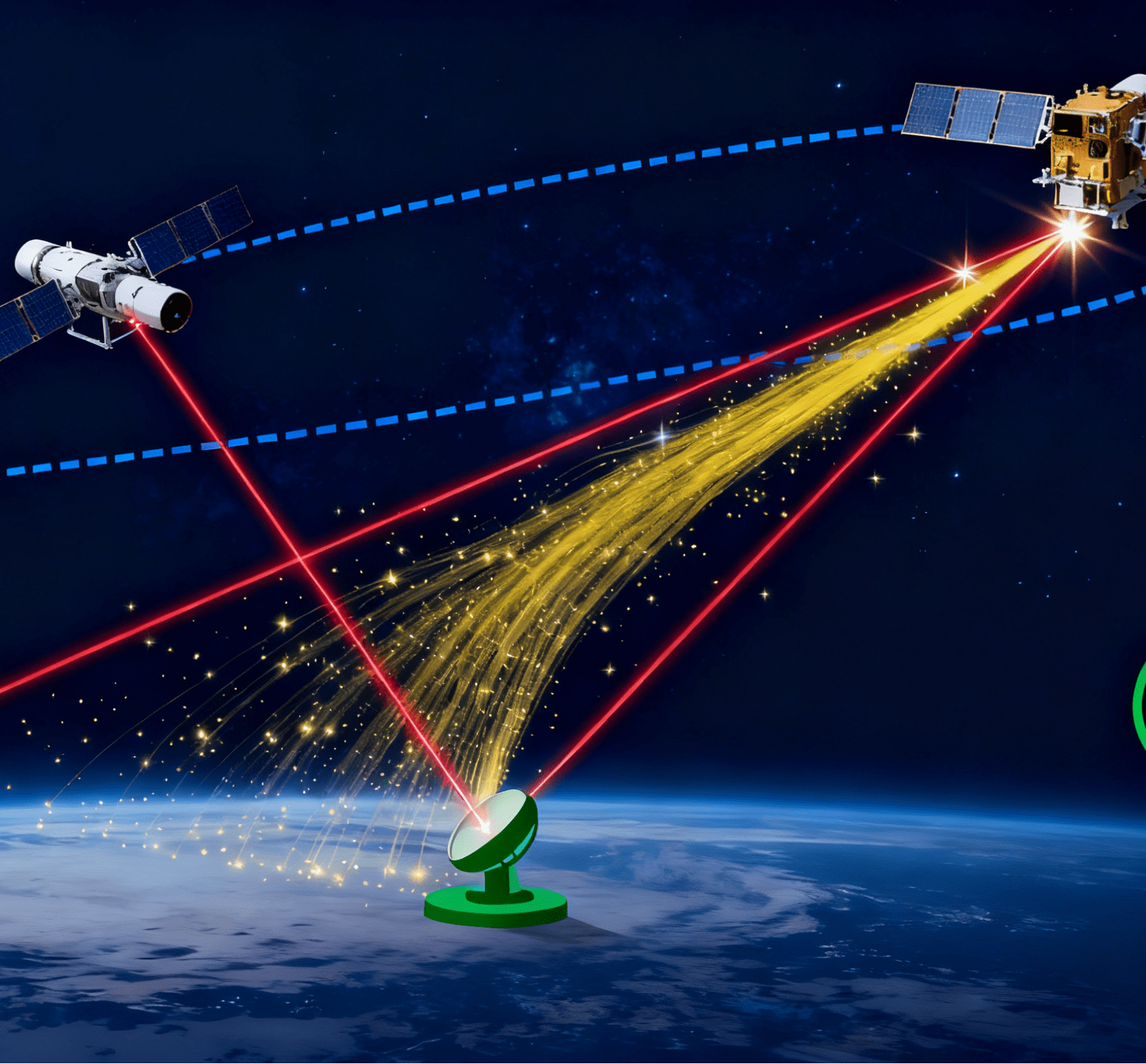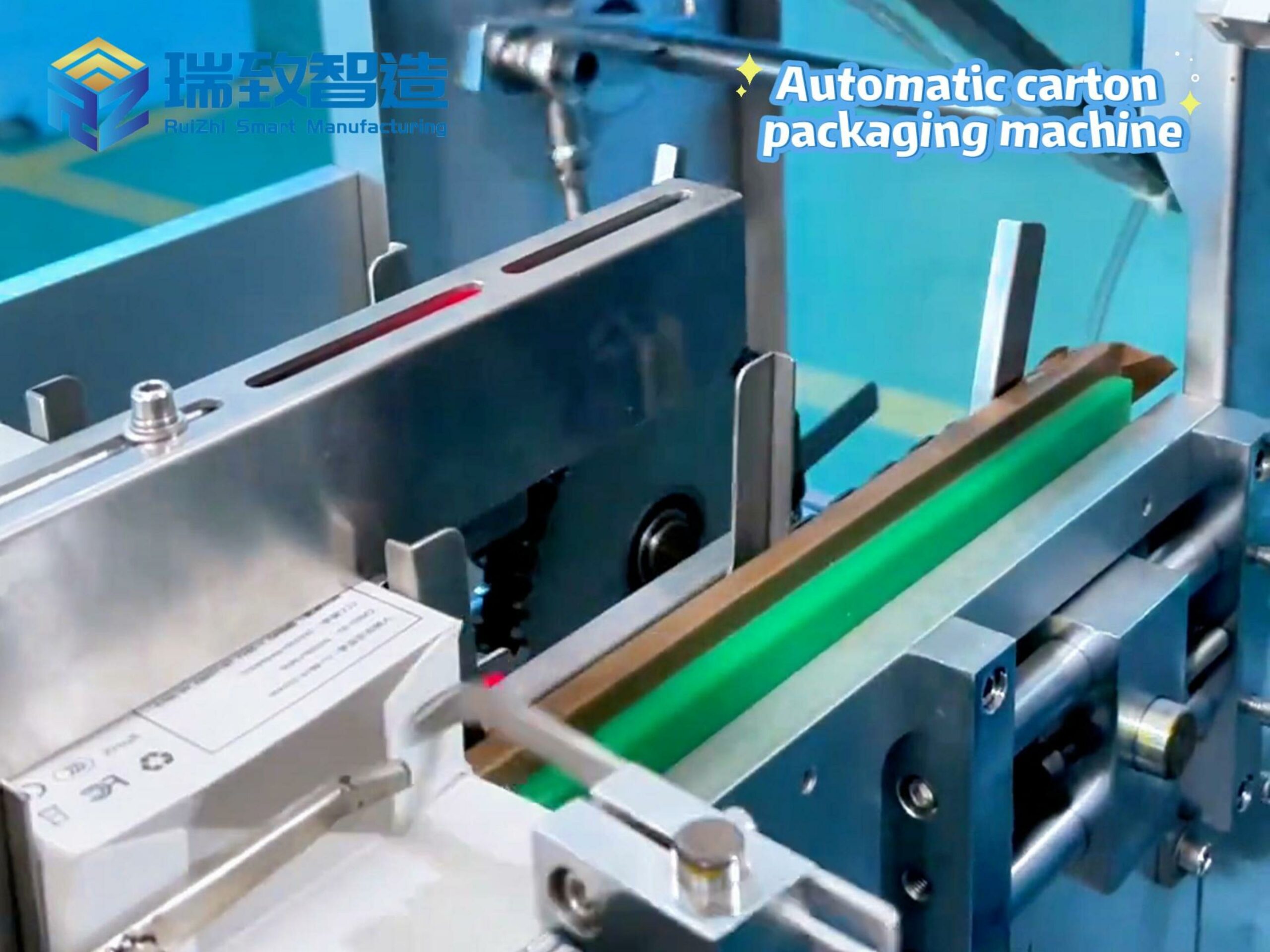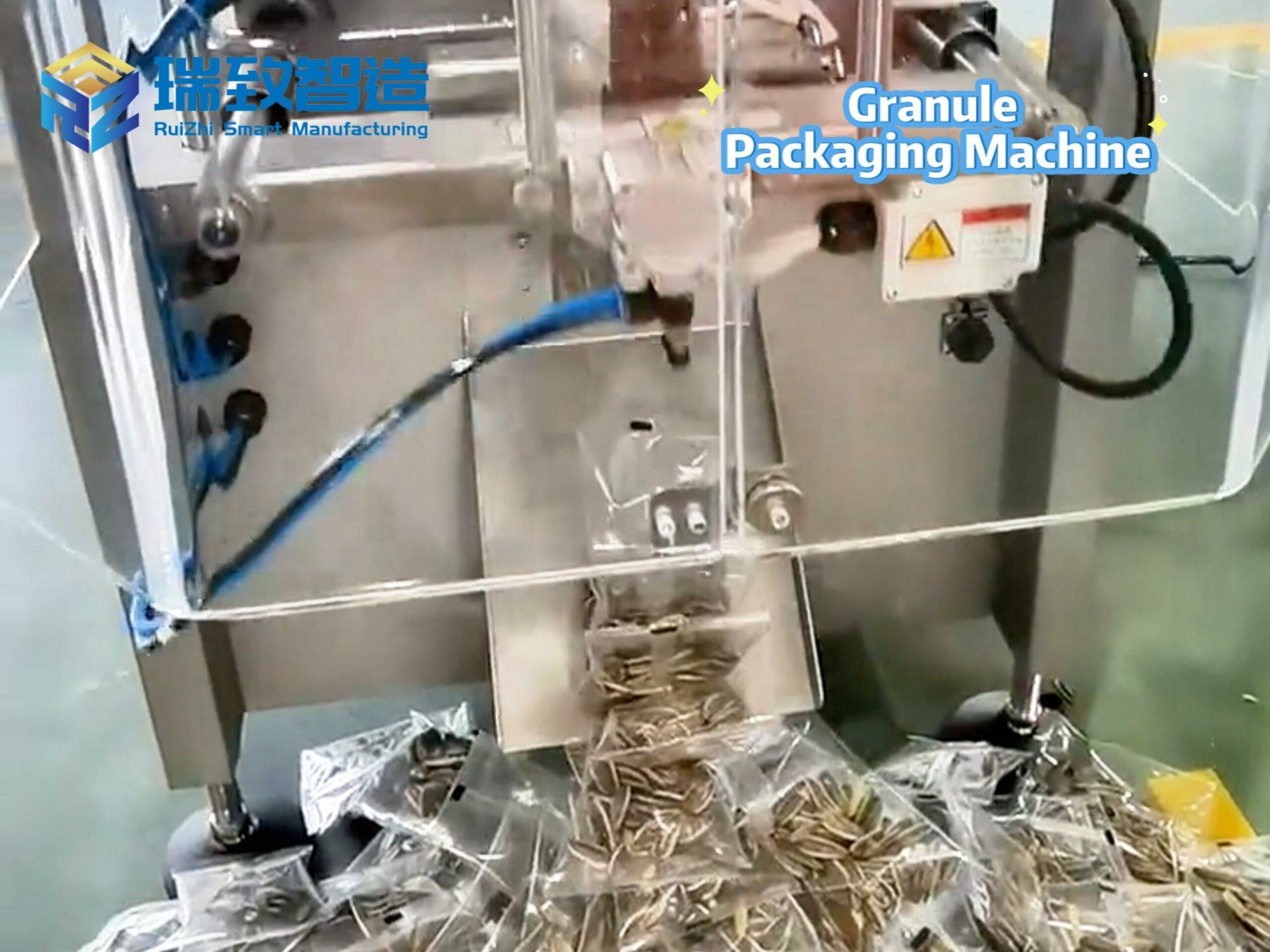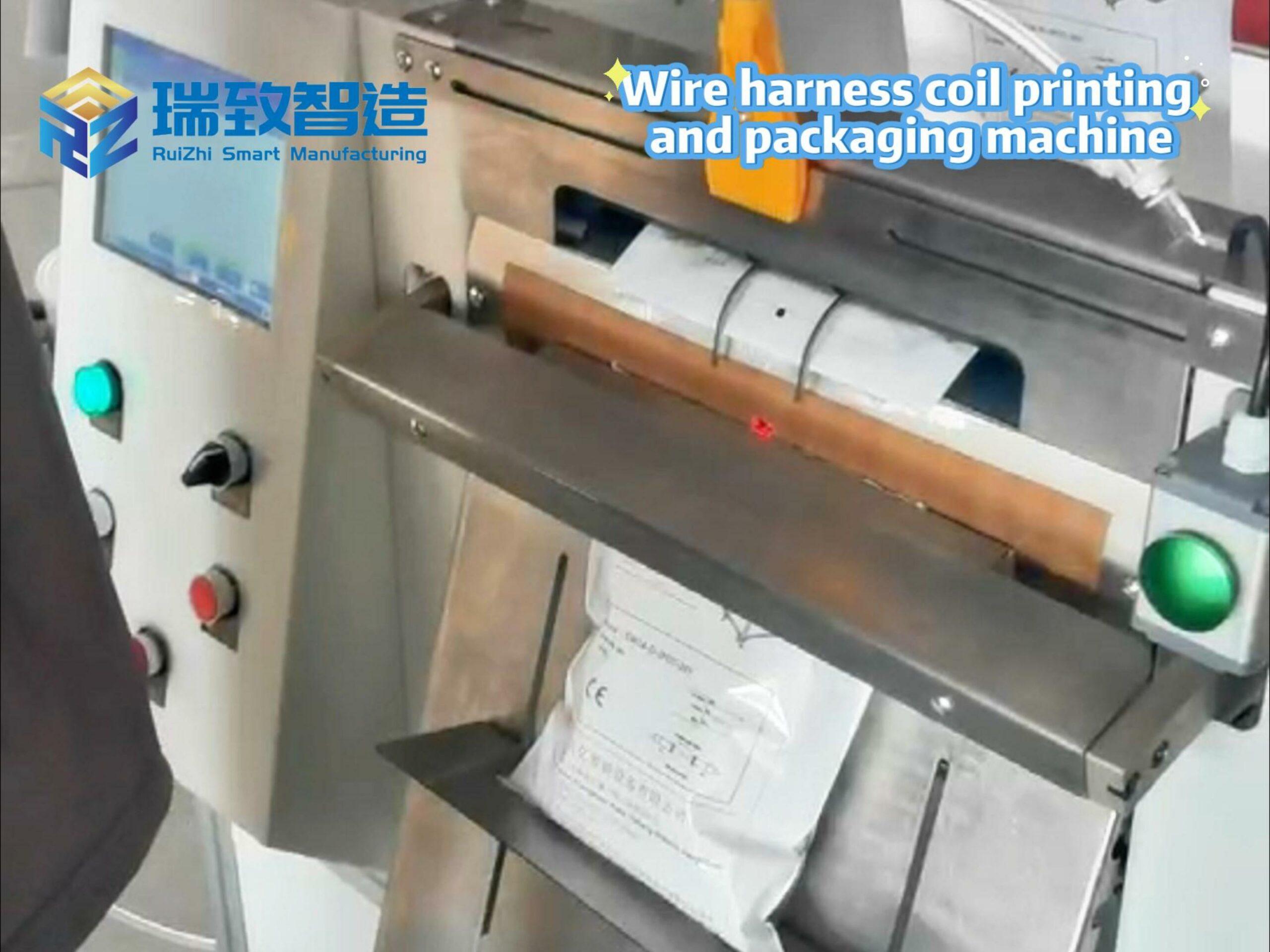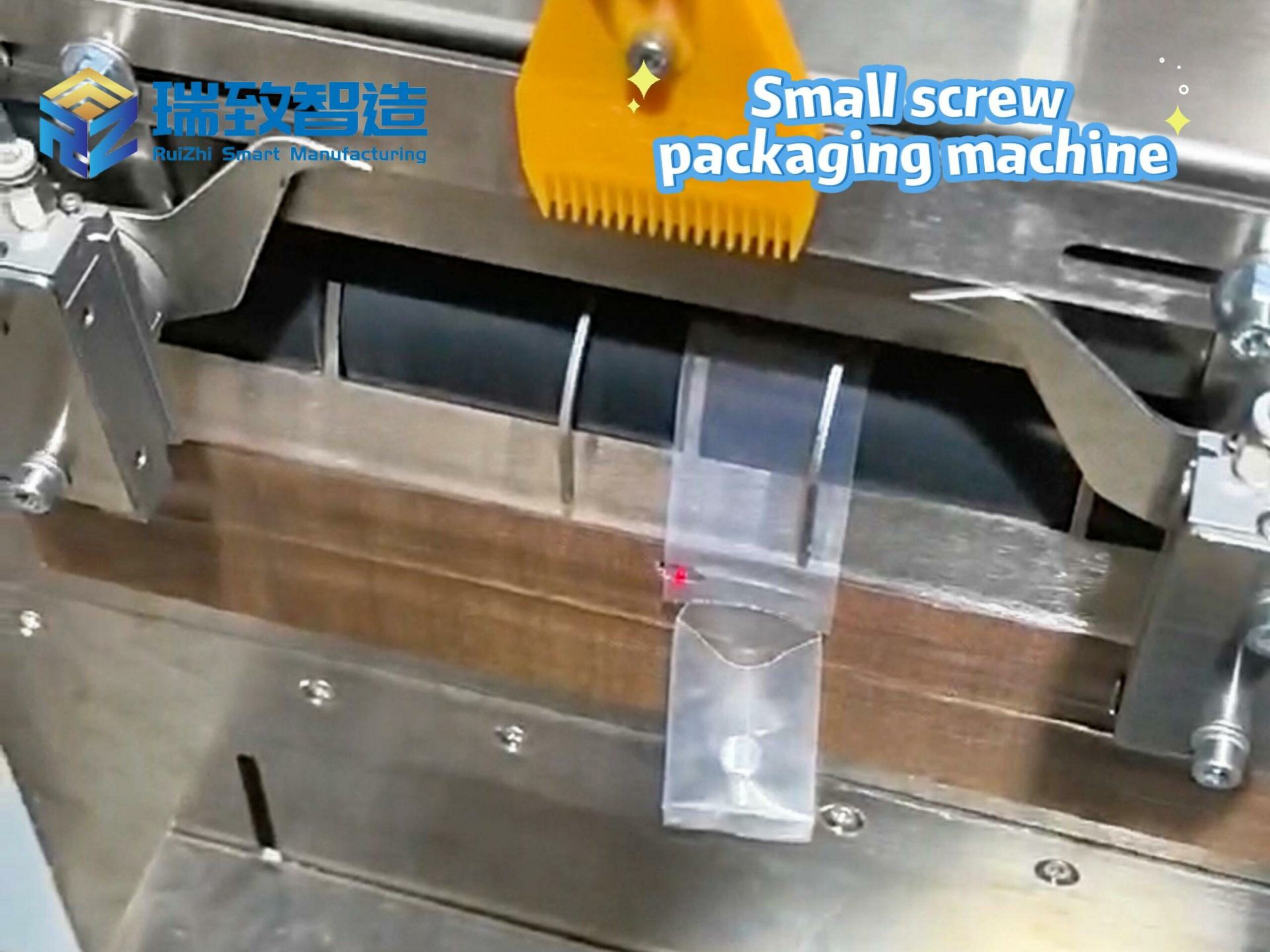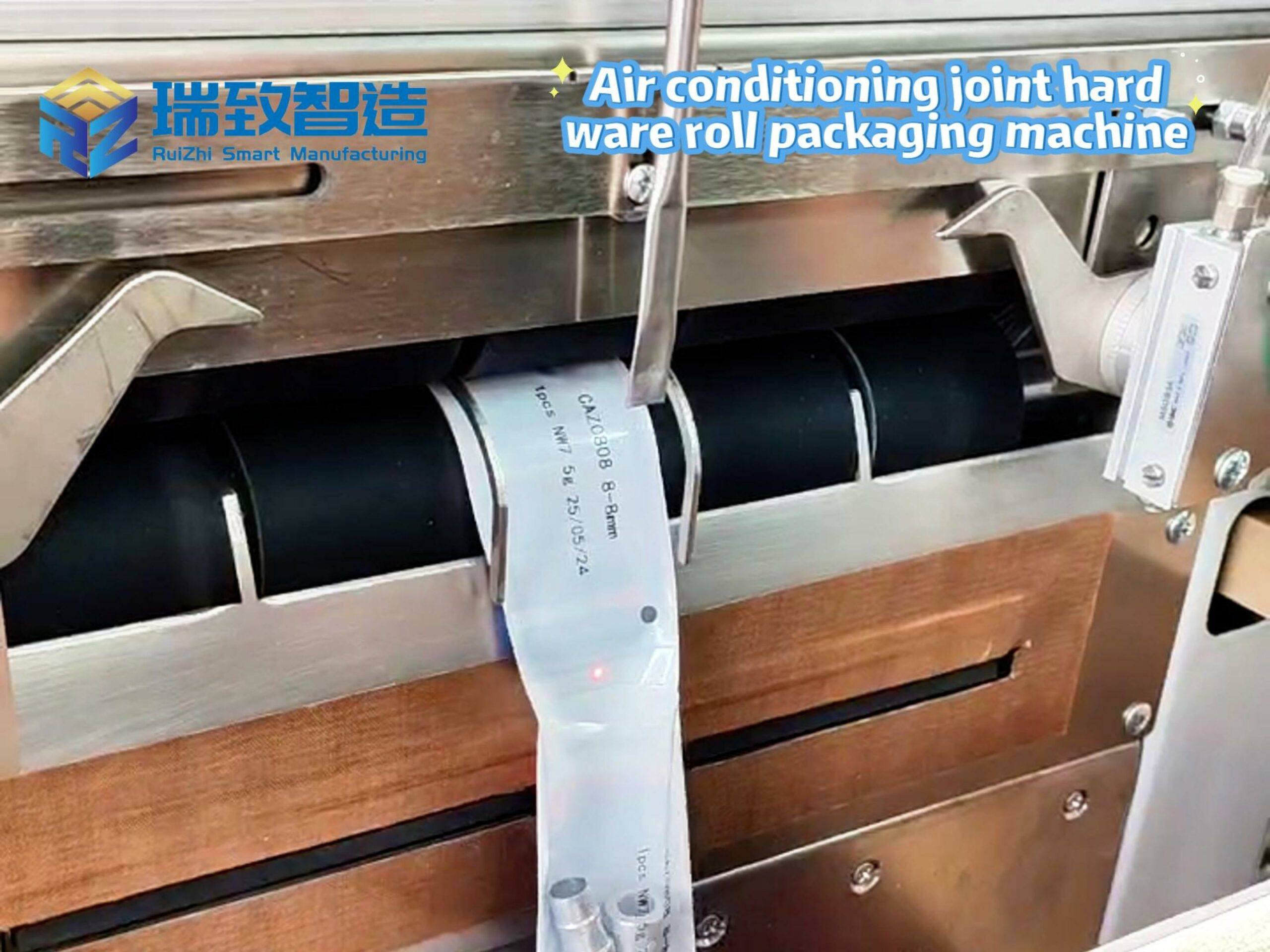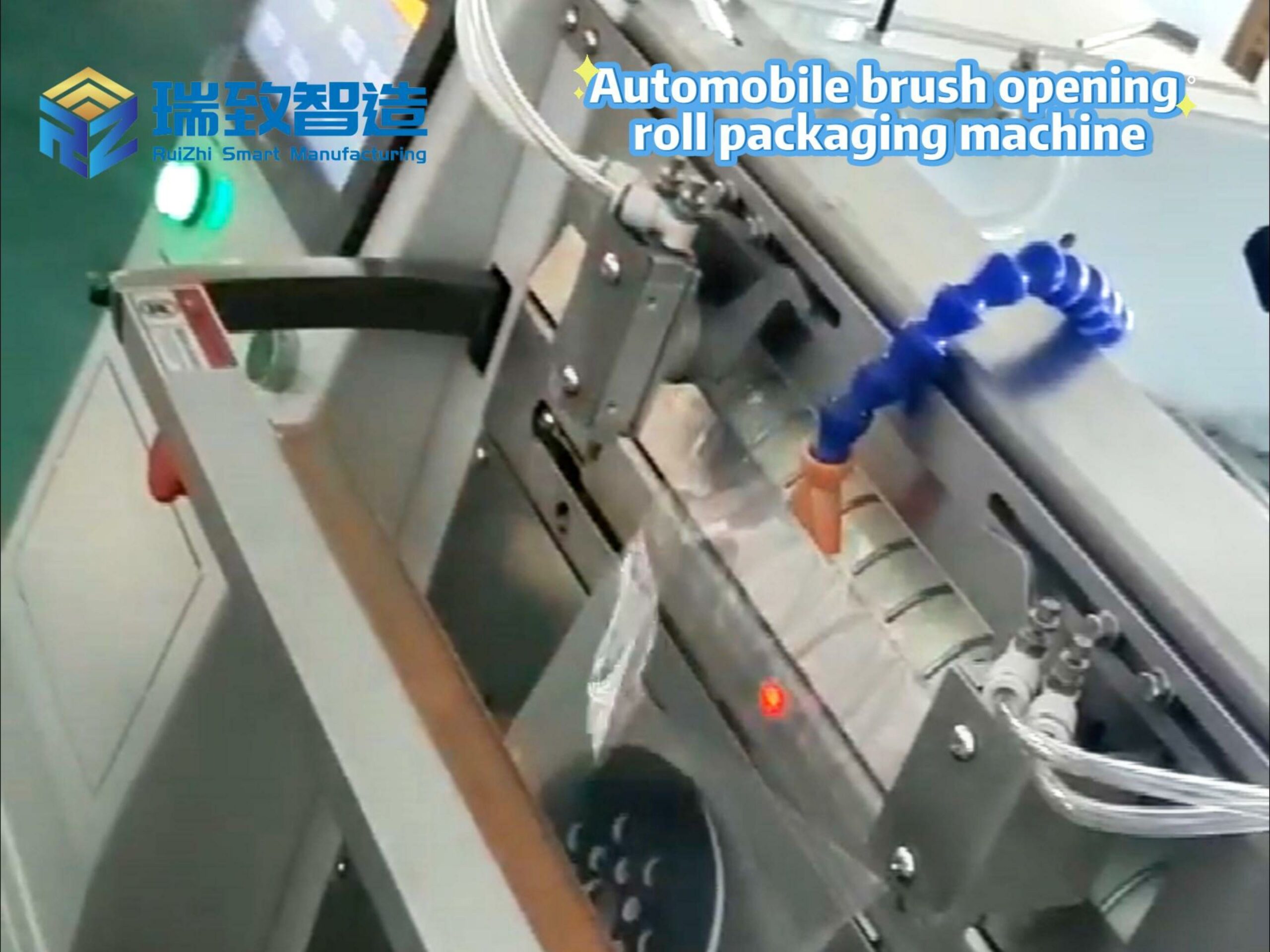
China’s L4 Autonomous Driving: A Wave of Progress Guided by the “Three-Wheel Drive” ModelFrom mid-to-late September to October 2025, China’s L4 autonomous driving sector has seen a flurry of key developments: Chery’s Robotaxi launched front-seat driverless operations on Shanghai’s public roads; Didi Autonomous Driving secured RMB 2 billion in financing; Beijing released four major local autonomous driving standards; and Pony.ai partnered with Stellantis Group to explore the European market. These events collectively highlight a profound trend: China’s L4 autonomous driving is accelerating along a “Chinese-style fast track” fueled by systematic policy dividends, underpinned by a unique “policy-market-technology” three-wheel drive model.
Policy Focus Shift
From Permitting Tests to Building Vehicle-Road-Cloud Integrated InfrastructureThe implementation of the three-wheel drive strategy is most evident in recent local policies. Beijing Municipal Market Supervision and Administration Bureau’s newly released four local autonomous driving standards serve as an industry “construction blueprint”—covering closed-test norms for passenger cars and unmanned delivery vehicles, as well as forward-looking standards for information security and operation management of vehicle-road-cloud integrated roadside infrastructure. This marks a critical policy shift: from merely allowing road tests to building digital infrastructure for large-scale commercialization, with the goal of boosting autonomous driving safety and efficiency by enabling roads to “communicate” and the cloud to “think.”As a core “testbed” for China’s intelligent connected vehicle industry, Beijing has built a mature “test field-road-area” three-level demonstration environment. Its High-Level Autonomous Driving Demonstration Zone alone has served 37 enterprises and 1,185 autonomous vehicles, with cumulative test mileage exceeding 40 million kilometers—accounting for a quarter of China’s total.
Open Road Rights & “Safety Sandboxes”
The Foundation for Fully Unmanned OperationsTop-level policy blueprints require open road rights to take shape. Recent breakthroughs in “fully unmanned” L4 operations all stem from bold, targeted road-rights opening policies across regions.At the October 16, 2025 World Intelligent Connected Vehicles Conference in Beijing, Didi Autonomous Driving provided an unmanned shuttle service and showcased innovations like a co-developed pre-installed autonomous vehicle (with GAC Aion) and a Robotaxi operation system—shortly after securing RMB 2 billion in Series D financing (a bet by investors on policy-backed cash flow certainty). DeepRoute.ai also joined in, deploying nearly 10 Robotaxi GXRs and Robobuses for hotel-venue commutes and corporate visits, demonstrating its L4 scaling capabilities.These services rely on “safety sandboxes”—regulated, protected scenarios where enterprises test commercialization—turning autonomous driving from a technology into a public-accessible service and closing a key commercial loop. Meanwhile, Chery’s L4 Advanced Experience Version has logged over 160,000 km of front-seat driverless tests in Shanghai’s demonstration zone, a testament to long-term, large-scale road-rights opening that fuels tech iteration and data accumulation for solving L4’s long-tail challenges.
Local Governments: From Passive Approvers to Active “Scenario Operators”Deeper policy empowerment comes from local governments’ role transformation. Zigong, Sichuan, opened 879 km of unmanned vehicle demonstration lanes to support multi-scenario operations; Hainan Province, a national vehicle-road-cloud integration pilot, deployed over 100 smart intersections in advance. These moves reflect a shift: local governments are no longer just passive approvers, but active “scenario operators” and “infrastructure co-builders”—systematically lowering L4 implementation barriers and providing a full platform from testing to commercialization.

Collaborative Innovation & Global Expansion
Aligning with Vehicle-Road-Cloud IntegrationChina’s vehicle-road-cloud integration top-level design has steered the industry away from “standalone vehicle intelligence” toward collaboration—evident in recent key partnerships.On September 11, Horizon Robotics (tech provider) and Hello (scenario operator) signed a strategic agreement to develop low-cost, high-safety L4 systems for Robotaxis, leveraging data loops to drive iteration. Policy support for vehicle-road collaboration makes such cross-industry partnerships optimal for mass-produced pre-installed Robotaxis.This collaborative logic also extends to the upstream manufacturing of critical automotive components, as L4 autonomous driving’s large-scale deployment relies heavily on reliable electrical systems—especially contactors (core parts for power switching in vehicles and smart road infrastructure). The quality of these contactors is directly determined by contactor assembly machines: only machines equipped with high-precision vision-guided pin alignment systems, real-time torque monitoring modules, and automated calibration functions can ensure consistent contactor performance (such as stable current conduction and long service life). For example, in Hainan’s smart intersections, contactors manufactured via advanced assembly machines support stable power supply for roadside sensors and signal control systems, while in Robotaxis, they guarantee safe power switching for autonomous driving controllers. This upstream hardware collaboration further underscores that vehicle-road-cloud integration is not just about algorithm and scenario synergy, but also relies on high-quality manufacturing equipment to lay a solid foundation for the entire industrial chain.On October 17, Pony.ai and Stellantis Group signed an MOU to develop SAE L4 vehicles for Europe (integrating Stellantis’ AV-Ready platform with Pony.ai’s tech). This “joint overseas expansion” model—combining China’s algorithms with Europe’s manufacturing heritage—embodies China’s strategy of encouraging tech export and international cooperation.
Toward Sustainable Commercialization
From Pilots to Rule-BuildingThe recent vitality in China’s L4 sector is a result of systematic policy support: vehicle-road-cloud integration sets the direction, open road rights provide testbeds, and scenario provision creates market space. While China’s solution is evolving from “pilot openings” to “standard-setting,” deeper exploration is needed in accident liability, data security, and large-scale operation regulations. Only by moving from scenario provision to rule-building can China’s L4 ecosystem shift from rapid takeoff to sustainable large-scale commercial prosperity.

